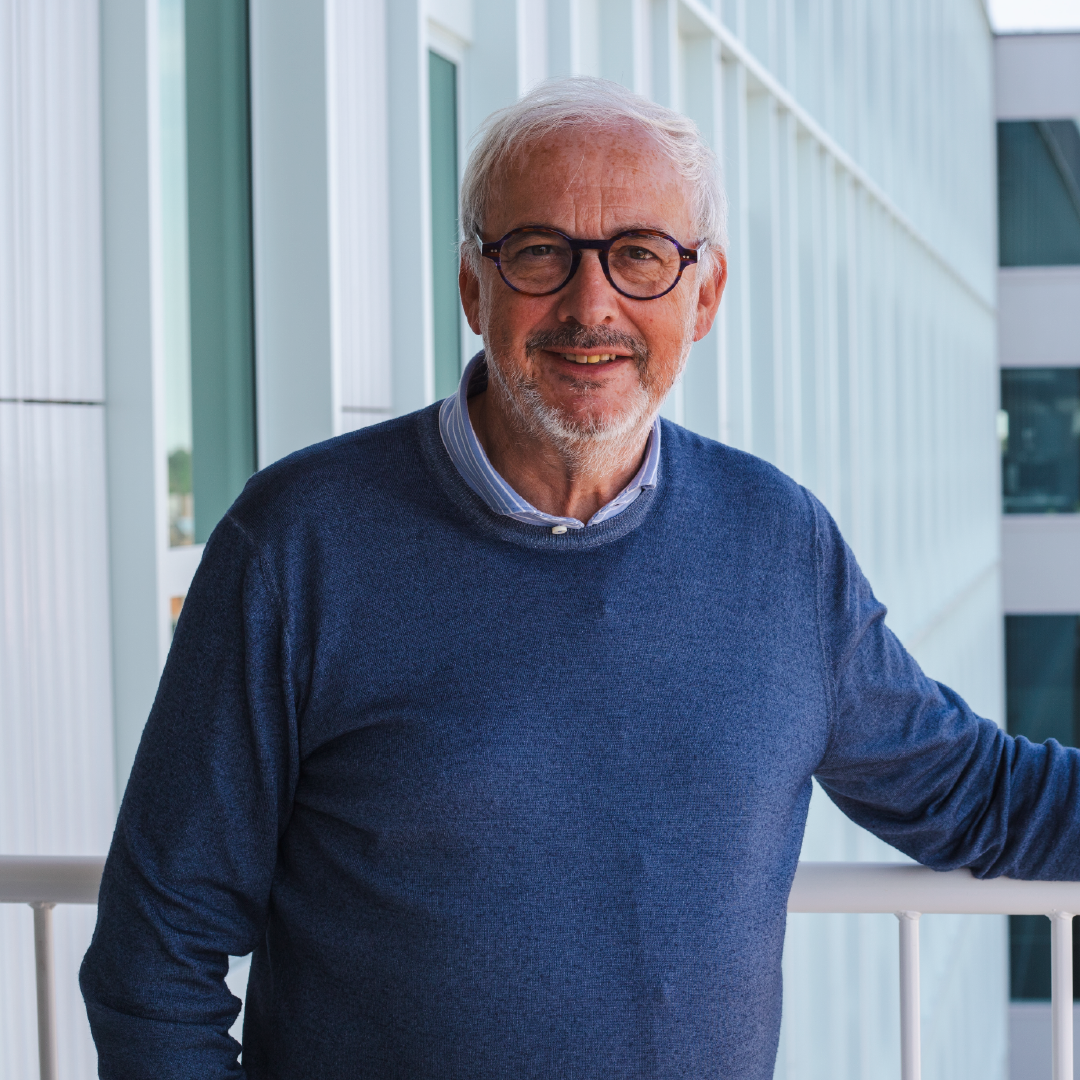It is one thing to incubate a stack of potential content as a company, but how do you turn complicated in-depth knowledge into valuable marketing assets? That was the question Cerus a biomedical products company focused on blood transfusion safety, confronted Living Stone with.
On a yearly basis, Cerus invites blood safety experts from around the globe to its Seminar on Blood Safety. In the run up to the 11th edition of this event, Cerus considered the large amount of cutting edge scientific knowledge a single edition represents.
Without any kind of coverage, access to all this expertise remained limited to attendees, contained within the time and space of those two days and that year’s venue. Except for their own notes and some pictures of the slides shown, attendees had no means to share the new insights with their colleagues at home. Even so, such a condense immersion in top-notch scientific input is not that easily digestible. And what about blood safety stakeholders who did not make it to the Cerus guest list or invitees who were unable to attend?
As the organization of a large-scale event is also a time and money consuming project, Cerus was looking for a way to obtain a higher return on investment. But how? Simply making the presentation slides available would be an inadequate solution. Some slides are far from self-explanatory and not all speakers are willing to offer such free availability of their intellectual property. Videotaping the entire happening would make for a time-consuming report, containing quite some redundant information.
Cerus turned to Living Stone for advice, and the end result exceeded their expectations. Read our e-book to learn how Living Stone helped Cerus to create a valuable tool that, supported by Showpad, has already shown proof of impact.




